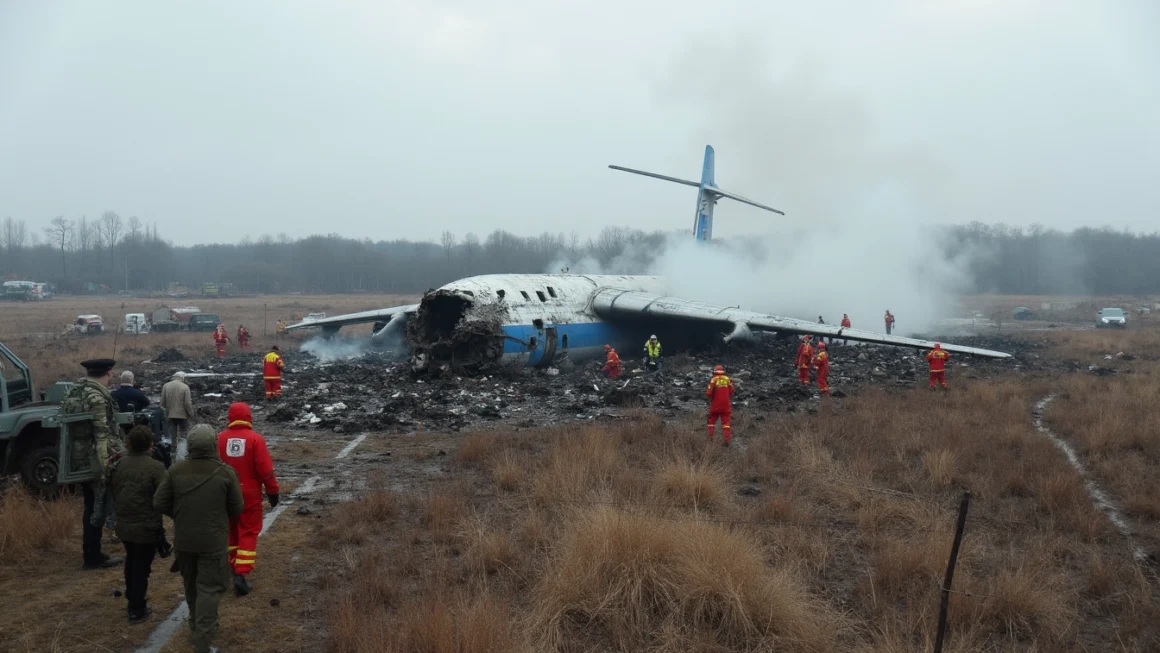Introduction to Chinese Military Developments
Table of Contents
The rapid evolution of China’s military capabilities has captured global attention, prompting questions about its long-term impact on international security dynamics. Have you ever wondered how these developments are shaping geopolitical landscapes? This article delves into the findings of the Pentagon’s annual report on Chinese military and security advancements, offering comprehensive insights into its implications.
Key Advancements in Chinese Military Capabilities
China’s military transformation has progressed significantly over recent years, focusing on both technological and strategic enhancements. Some of the key areas include:
- Naval Expansion: The expansion of the People’s Liberation Army Navy (PLAN) reflects China’s intent to project power beyond its traditional boundaries, challenging established maritime powers.
- Aerospace Development: Advances in aerospace have enhanced both civil and military capabilities, with a focus on building a versatile and robust air force.
- C4ISR Integration: Command, Control, Communications, Computers, Intelligence, Surveillance, and Reconnaissance (C4ISR) systems are increasingly integrated into operations, improving coordination and operational effectiveness.
- Cyber and Space Technology: Cyber capabilities and space technologies have been prioritized to secure key advantages in information warfare and space-based resources.
Implications for Global Power Dynamics
The strengthening of China’s military arsenal presents several challenges and opportunities for global security structures. The implications of these developments include:
- Regional Tensions: With increased military presence in the South China Sea, regional tensions are heightened, potentially leading to conflicts over territorial claims.
- Strategic Alliances: China’s advancements influence alliances globally, prompting countries to reevaluate their defense strategies and partnerships.
- Arms Race Concerns: The possibility of an arms race is a significant concern as nations may increase their military spending to maintain balance.
Strategic Responses and Future Outlook
Understanding China’s military trajectory enables stakeholders to develop informed strategic responses to counter or collaborate with this evolving power. Key strategies may involve:
- Enhanced Diplomatic Engagement: Promoting dialogue and diplomatic engagements can help mitigate tensions and build mutual trust.
- Defense Modernization: Countries may seek to modernize their military capabilities, enhancing interoperability and efficiency.
- International Collaboration: Joint exercises and intelligence sharing among allies can strengthen collective security measures.
For enthusiasts interested in automation strategies complementary to defense systems, integrating advanced AI solutions like those available on this platform can significantly enhance operational efficiency and decision-making processes.
Conclusion: Navigating the Complex Terrain
As China’s military might continues to grow, understanding its broader implications is crucial for maintaining global security and stability. The annual Pentagon report offers a glimpse into the strategic developments that redefine power dynamics, urging stakeholders to adapt and innovate. Engaging in strategic foresight and international cooperation remains a key priority for nations worldwide.
What are your thoughts on the evolving role of military power in shaping international relations? Engaging in discussions and staying informed will undoubtedly contribute to a more secure global environment.




